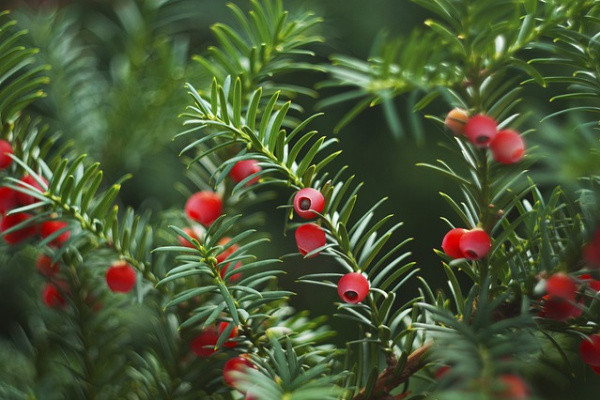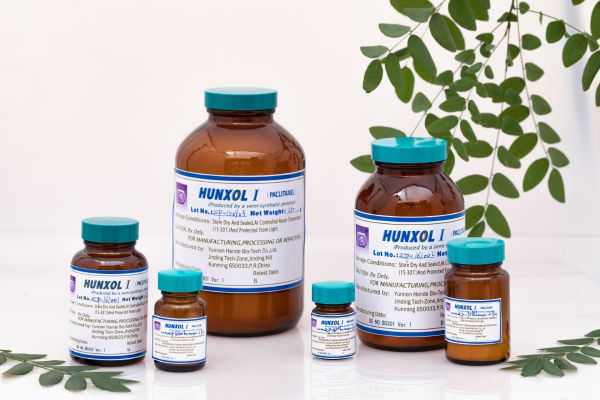Paclitaxel is a natural secondary metabolite isolated and purified from the bark of the red fir. It has been clinically proven to have good anti-tumor effects, especially on ovarian, uterine and breast cancers, which have a high incidence of cancer. At present, natural paclitaxel and semi-synthetic paclitaxel are available in the market. The following article will take you through the path of paclitaxel synthesis.
Paclitaxel is extracted from the bark and leaves of this plant, and the extraction process is very complicated, insoluble in water and alcohol, and the content is very low, only 100g, i.e. two taels of paclitaxel, can be extracted from 30 tons of dried bark. Although its total chemical synthesis has been completed in the laboratory, it involves many processes, harsh reaction conditions, high cost and low yield. Therefore, it is still not possible to produce it industrially by chemical total synthesis, which makes it very expensive.
Since natural paclitaxel is extracted from Pacific yew, which is a rare source, and the growth cycle of natural yew is long, about 13.6 kg of bark to extract 1 gram of paclitaxel, and 3-12 yew trees over 100 years old are required to treat one ovarian cancer patient, the long term supply and high price have led to the rapid development of synthetic technology of paclitaxel.
Currently, the main method of paclitaxel synthesis is the bioengineering method, which is also known as paclitaxel semisynthesis. The bioengineering method is used to produce paclitaxel on a large scale by breeding and screening strains that can produce a large amount of paclitaxel, and then by continuously culturing them, mutating and optimizing their genetic structure, paclitaxel can be produced in the culture medium “without limitation”, and is no longer limited by the scarcity of raw materials. The latest research results show that the synthesis efficiency has been greatly improved by the high yielding strain of 448.52 micrograms of paclitaxel per liter of culture medium.
Chemical synthesis, although completed, is not industrially relevant due to the stringent conditions required, low yields, and high costs. The semi-synthetic method of paclitaxel is now more mature and is considered to be an effective way to expand the source of paclitaxel other than artificial cultivation. The semi-synthetic method can make greater use of plant resources.
Note: The potential efficacy and applications covered in this paper are presented from the published literature.
Extended reading:Yunnan Hande Biotechnology Co., Ltd. has been focusing on the production of paclitaxel for 28 years. It is the world’s first independent manufacturer of the plant-derived anticancer drug paclitaxel that has been approved by the US FDA, European EDQM, Australian TGA, China CFDA, India, Japan and other national regulatory agencies. enterprise. If you want to buy Paclitaxel API, please contact us online.
Post time: Oct-08-2022

